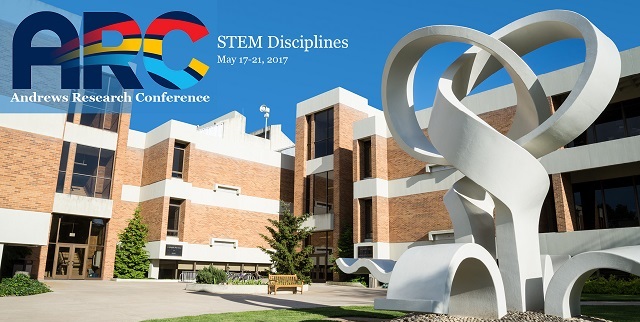Looking at Harmonic Analysis from the Perspective of Pointwise Convergence
Presentation Abstract
Harmonic analysis, also known as Fourier analysis, is a field of mathematics premised upon the following very fruitful idea. Quite often, when studying a function, it can be helpful to break it up into pieces of a certain type, and then study those pieces individually in order to obtain a statement about the original function. A slight extension of this idea is to “break up” a function by way of approximation. Specifically, one might find it advantageous to find a sequence of functions which ultimately converge to the given function that one is studying. If this sequence of functions is “nice” in some precise sense, then such an approximation can be very beneficial. This talk will seek, in as concise and far-reaching a manner as possible, to capture this summary of harmonic analysis with a specific example, that of Bochner-Riesz operators. After introducing the basic tool of harmonic analysis--the Fourier transform--we will jump immediately into considering a ground-breaking convergence result that was only recently discovered. This material solves part of the Bochner-Riesz conjecture. If time permits, I will try to motivate a little why such “frequency-analysis” results as this one are important to (mathematical) analysts, as well as scientists from other disciplines.
Looking at Harmonic Analysis from the Perspective of Pointwise Convergence
Chan Shun 108
Harmonic analysis, also known as Fourier analysis, is a field of mathematics premised upon the following very fruitful idea. Quite often, when studying a function, it can be helpful to break it up into pieces of a certain type, and then study those pieces individually in order to obtain a statement about the original function. A slight extension of this idea is to “break up” a function by way of approximation. Specifically, one might find it advantageous to find a sequence of functions which ultimately converge to the given function that one is studying. If this sequence of functions is “nice” in some precise sense, then such an approximation can be very beneficial. This talk will seek, in as concise and far-reaching a manner as possible, to capture this summary of harmonic analysis with a specific example, that of Bochner-Riesz operators. After introducing the basic tool of harmonic analysis--the Fourier transform--we will jump immediately into considering a ground-breaking convergence result that was only recently discovered. This material solves part of the Bochner-Riesz conjecture. If time permits, I will try to motivate a little why such “frequency-analysis” results as this one are important to (mathematical) analysts, as well as scientists from other disciplines.



